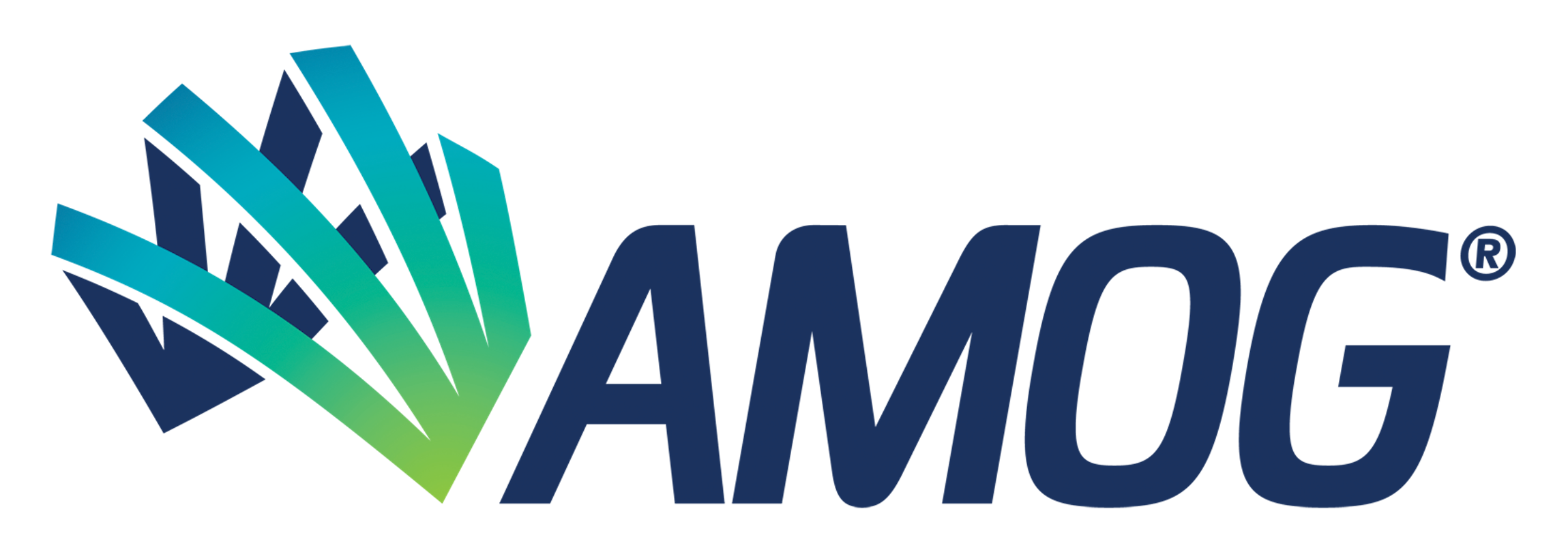Eassom, A., Jayasinghe, K., and Thomas, C., Proceedings of the ASME 2023 42nd International Conference on Ocean, Offshore and Arctic Engineering OMAE2023, Melbourne, Australia, June 11-16, 2023.
Abstract OMAE2023-104708
In recent years there has been a growing appreciation in the offshore sector of the importance of developing reliable and robust methods to continuously monitor the integrity of floating production system moorings. Development efforts have mainly focused on detecting mooring failures which result in changes in the behaviour of the floating structure within a short time scale. However, these monitoring system technologies can also be leveraged to detect degradation in mooring system performance over longer time scales. The stiffness of a mooring system can be influenced by several factors including creep of synthetic rope, damage to rope construction, interlink wear of mooring chain, seabed trenching of mooring lines, excessive marine growth and loss of clump weights on mooring lines. Such changes in stiffness can change the dynamic response of the floating structure, potentially increasing the offset in extreme sea states beyond the allowable design offset limits.
Hardware that measures mooring line loads or departure angles as a direct means of monitoring for mooring line failures can also be used to detect changes in mooring line pre-tension and therefore monitor for long-term changes in mooring stiffness. However, such hardware (load cells, inclinometers, sonar systems, strain gauging, etc.) can be expensive to retrofit, costly to maintain and suffer from long-term reliability issues. This has led to the implementation of solutions using Global Navigation Satellite System (GNSS) vessel position data as a more cost-effective and reliable alternative for real-time mooring integrity monitoring. There are multiple methods by which a GNSS-based integrity monitoring system can be programmed to detect mooring failures, most commonly by employing machine learning models. This paper presents a method to extend a machine learning model used for a GNSS- based integrity monitoring system to also monitor for changes in mooring system stiffness, by leveraging the use of a digital twin and assessing long-term changes in measured excursions. This method will be demonstrated via a case study for a spread- moored floating facility.
Copyright © 2023 by ASME

